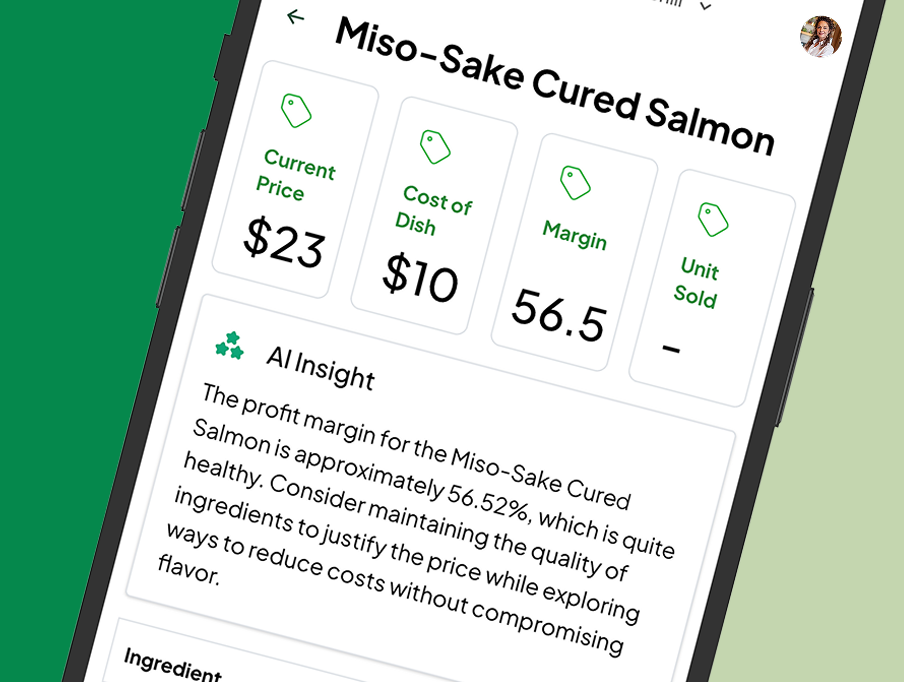In the fast-paced restaurant industry, mastering and maximizing peak hours—commonly known as “golden hours”—presents a complex challenge that demands strategic finesse. Successful restaurateurs recognize that these critical time windows require a delicate balance of operational efficiency, customer satisfaction, and financial acumen. By approaching these peak periods with careful planning and data-driven decision-making, establishments can unlock significant potential for growth and sustainability.
These crucial periods represent significant opportunities for restaurants to boost their revenue and efficiency. However, the approach to peak hours varies significantly across different restaurant types, each with its unique challenges and opportunities.
Understanding Peak Hours Across Restaurant Types
Peak hours are periods when customer traffic and revenue potential are at their highest. These times can vary depending on the type of restaurant, location, and target demographic.
Pizza Restaurants
Pizza establishments typically experience peak hours during dinner times, especially on weekends. They often extend their hours late into the night to capture the late-night crowd, capitalizing on predictable demand curves with peaks on weekends, evenings, and during events.
Catering & Events
Catering and event-focused restaurants operate on a more flexible schedule, adapting to client needs rather than maintaining fixed daily hours. Their peak times are typically centered around popular event days and seasons, such as weekends, holidays, and wedding season.
Casual Dining
Casual dining restaurants generally have broader operating hours to accommodate various meal times. They often experience two main peak periods: lunch (11 a.m. to 2 p.m.) and dinner (6 p.m. to 9 p.m.). Weekend brunch hours might be added to capture the mid-morning crowd.
Fine Dining
Fine dining establishments have a more focused approach to their hours, with peak times primarily during dinner hours, generally from 6 p.m. to 9 p.m. They might open later in the day, focusing on dinner service and potentially offering lunch only on select days.
The Impact of Peak Hours on Revenue
The significance of peak hours cannot be overstated. For some restaurants, a substantial portion of their annual revenue is generated during these busy periods. One study found that over one-third (34%) of a restaurant’s annual revenues were produced during just 10 weekly peak hours.
During these peak times, restaurants can generate two to three times as much revenue per hour compared to slower periods. This concentration of business presents both challenges and opportunities for restaurateurs across all types of establishments.
Balancing Labor Costs and Sales
Restaurant owners face a delicate balancing act when determining their hours of operation, weighing the cost of labor (COL) against potential sales. This decision has become even more critical in recent years, as rising costs and changing consumer behaviors have put pressure on profit margins.
Rising Labor Costs
Labor costs have been steadily increasing, with hourly base wages for cashiers at quick service restaurants rising from $12.46 in December 2023 to $13.02 per hour in April 2024. Some restaurant owners report entry-level wages now starting at $14-$15 per hour, up from $13-$16 just a year ago.
Impact on Operating Hours
To manage these rising costs, many restaurants are adjusting their hours of operation:
- Reduced Hours: As of October 2022, the average restaurant is open for 6.4 fewer hours per week than in 2019, a 7.5% decline.
- Earlier Closings: Many restaurants now close by 8 or 9 pm instead of the traditional 10 or 11 pm.
- Selective Openings: Some establishments are closing on slower days, like Mondays, or operating in shifts to cover peak hours only.
Strategies for Maximizing Peak Hour Profits
1. Optimize Table Management
- Implement robust reservation systems and waitlist management processes
- Design efficient floor layouts to maximize seating capacity
- Use technology to streamline table turns and reduce idle time
2. Leverage Dynamic Pricing
- Adjust prices based on demand using digital menus
- Implement time-based promotions or specials during specific hours
- For pizza restaurants, offer late-night deals on weekends
- Casual dining establishments can implement happy hour specials during typically slower late afternoon hours
3. Enhance Menu Offerings
- Introduce limited-time offers or premium items during busy periods
- Streamline menu options to optimize kitchen efficiency and reduce wait times
- Fine dining restaurants might focus on curating exclusive dinner menus
- Pizza places could offer special bundles or group deals on Fridays and Saturdays
4. Improve Operational Efficiency
- Invest in technology like handheld payment devices or self-service kiosks
- Train staff to handle high-pressure situations and maintain personalized service
- Implement systems to streamline order processing and reduce wait times
5. Focus on High-Value Customers
- Implement loyalty programs that offer exclusive benefits
- Provide personalized service to regular customers
- For catering and event-focused restaurants, offer special packages or priority booking for repeat corporate clients
6. Utilize Data Analytics
- Analyze peak hour patterns to optimize staffing and inventory
- Use customer data to send targeted promotions and notifications
Competitive Landscape
Understanding competitors’ hours is crucial for setting a restaurant’s schedule:
- Extended Hours: Some restaurants are gaining an edge by staying open later than competitors. For example, if a main competitor closes at 9:30 pm, extending hours to 10 pm can attract late-night diners.
- Chain vs. Independent: Chain restaurants (over 500 units) have been more resilient, with a milder decline of 4.0 hours per week (4.3% drop) compared to independent restaurants, which lost an average of 7.5 hours per week (10.1% decline).
- Varied Strategies: While some chains like Denny’s (-30.1 hours per week) and Texas Roadhouse (-21.2) have significantly reduced hours, others like Wendy’s (+21.2 hours per week) and Crumbl Cookies (+3.8) have extended their operating times.
Considerations for Setting Hours by Restaurant Type
When determining optimal hours, restaurant owners should consider:
- Menu Fit: Assess which hours best suit the restaurant’s menu offerings
- Staffing Capabilities: Ensure adequate staffing during operating hours
- Local Environment: Consider nearby businesses and potential customer flow
- Demographic: Tailor hours to the restaurant’s target audience
- Slow Periods: Identify and potentially reduce hours during consistently slow times
Pizza Restaurants:
- Assess late-night demand and competition in the area
- Consider offering delivery-only service during slower hours to reduce in-house labor costs
Catering & Events:
- Analyze seasonal trends and popular event times
- Implement flexible staffing models to accommodate varying demand
Casual Dining:
- Evaluate the profitability of lunch vs. dinner service
- Consider implementing a limited menu during slower periods to reduce kitchen staff needs
Fine Dining:
- Focus on optimizing the dinner experience
- Explore the viability of special events or limited lunch service to utilize off-peak hours
The science of restaurant peak hours is a complex but crucial aspect of successful restaurant management. By understanding the patterns of customer behavior specific to their restaurant type, implementing strategic pricing and menu offerings, and leveraging technology to enhance efficiency, restaurants can significantly boost their revenue during these golden times.
As the restaurant industry continues to evolve, staying ahead of the curve in peak hour management will be essential for long-term success. Whether it’s a pizza place extending late-night hours, a fine dining establishment perfecting its dinner service, or a casual dining restaurant balancing lunch and dinner rushes, focusing on these high-traffic periods and implementing targeted strategies can turn the busiest hours into the most profitable ones, driving overall business growth and customer satisfaction.
By carefully analyzing these factors and staying attuned to both costs and market demands, restaurant owners can optimize their hours of operation to maximize profitability while meeting customer needs, regardless of their establishment type.





